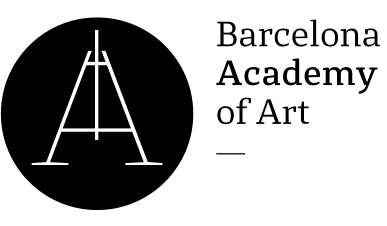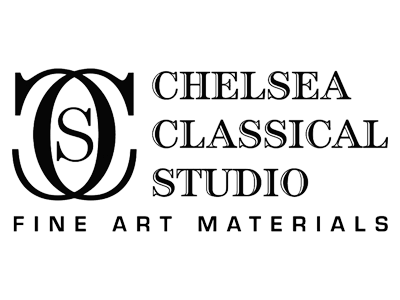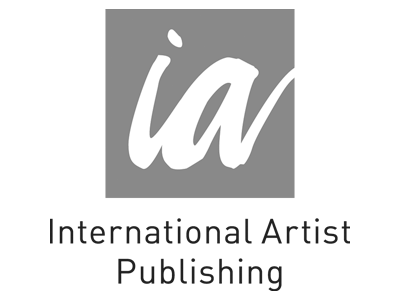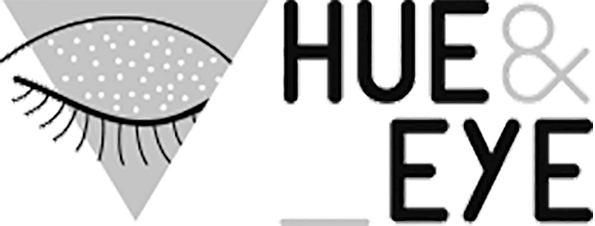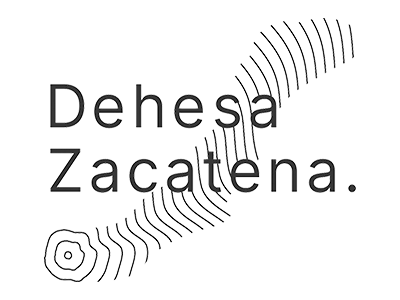As if it were a human condition, autumn naturally invites introspection in any artistic discipline. The falling leaves, the shortening days, the cool and damp mornings. As summer fades away, painters find in this transition a recurring theme, both in terms of color and atmosphere. Nature dresses itself in warm tones: ochres, golds, reds. The softer, golden light smooths the contours of the landscape and tinges everything with an air of serene melancholy. It’s no wonder that, for centuries, artists have felt the call of autumn as a creative impulse, a moment of emotions brought to the surface and time that seems to slow down behind a window.
Autumn as a Stage
Autumn has been depicted in art since ancient times, but it is in landscape painting where it has found its clearest voice. For artists like Claude Monet and Camille Pissarro, autumn was an opportunity to explore how the changing colors of the natural environment interact with light. In their paintings, golden leaves and clear skies capture that moment when nature transforms, revealing its fleeting beauty. The Impressionists, in particular, seemed enchanted by this season; their quick, loose brushstrokes reflect the dynamism of nature, which is in the midst of change.
Monet, for instance, in his work Autumn in Argenteuil, paints a landscape where the trees seem to vibrate with the weight of color. It’s not just about capturing the scene but about conveying the sensation of being there, in the midst of nature, when everything is in transition. His brushstrokes, full of energy and movement, suggest a living, constantly evolving nature.

While autumn lends itself to a wide range of colors, the variety of textures is equally abundant, all serving new forms of expression. Vincent van Gogh, in his autumnal landscapes, used thick, energetic brushstrokes to depict fallen leaves, twisted branches, and damp earth. Each stroke is a gesture that captures the rhythm of nature: the winds that shake the trees, the elongated shadows of the last warm evenings.
In his painting Wheatfield with Cypresses, Van Gogh combines dense, undulating strokes to evoke the almost palpable energy of the wind in the autumnal landscape. The textures not only allow us to appreciate the landscape but to almost feel it, with the movement of the air over the fields, as if the canvas itself were alive. Here, the texture of the paint is as crucial as the tones and pigments. In the hands of geniuses, the visual experience reaches a truly tactile dimension.

Autumnal Light as a Chromatic Challenge
Autumn brings a softer, more golden light. It is no longer the intense brightness of summer but a glow that gently caresses forms, creating deep shadows and subtle contrasts. This type of light demands an artistic response that captures not only the contours of the landscape but also the emotional atmosphere it so effectively evokes.
Joaquín Sorolla, for example, harnessed the autumnal light to create scenes filled with emotion. In his work Walk on the Beach, you can feel that low, warm light enveloping the scene, imparting a sense of calm and fulfillment. For many painters, this more delicate and shifting light forces them to work with greater attention to color and form, striving to capture not only what they see but also what they feel while immersed in that moment.
Today, autumn remains a source of inspiration for artists, though their interpretations are more varied and experimental. Many contemporary painters have adopted mixed techniques to explore autumnal textures, incorporating natural elements like leaves, branches, or soil directly onto their canvases. This approach, which blurs the boundaries between nature and art, offers a tactile and visceral way to connect with the season.


One of the most notable examples is Anselm Kiefer, who often uses organic materials in his autumnal landscapes. In his work Autumn Landscape, branches, soil, and paint intertwine, creating a piece that seems to be in the midst of decomposition. Here, autumn is not just a representation of nature’s change but a metaphor for the cycle of life, death, and renewal.
Today, autumn emerges as a key moment in the creative process. The combination of warm colors, golden light, and rich textures offers an endless palette of possibilities for those who seek to immerse themselves in the relationship between landscape and emotion.
It is not merely a season of transition but also of renewal. It is in autumn that painters, perhaps unconsciously, open themselves to new forms of expression because there is no need to wait for the blossoming of spring.
Autumnal strokes speak not only of the landscape that artists see but also of the mood inspired by this season. In each brushstroke, there is a trace of that melancholy that does not hold back but inspires, inviting the beginning of a new cycle






















